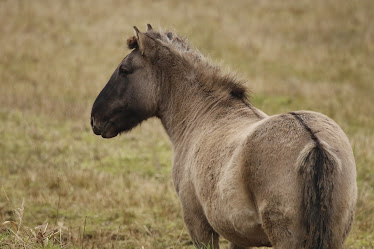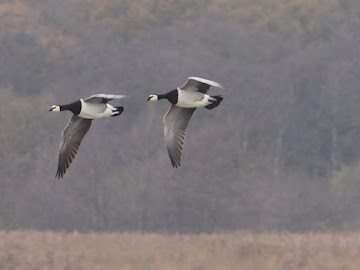With the second lockdown officially ending it was time to head off to a newly reopened Minsmere. One thing I have missed since lockdown, as much as the birds, has been the scones at the café, which are giant doorstops of scrumptiousness, perfect with a coffee before I head off into the reserve. But strangely enough it was only me that was enjoying them at the time. What surprised me as I turned up to Minsmere was that no one else was taking advantage of the newly opened reserve. Fearing it was going to be too busy with people as I arrived on the reserve, it was soon apparent as I drove into the car park, that I would have the reserve to myself, there were no cars present. The same would be the case on the reserve, and I would have the honour of having the hides all to myself.
The weather today was mild but with a cold tinge to the air to remind you that it was actually December. However a change was in the air as a lot of winter birds have started to arrive from Europe, which could be a harbinger of heavier weather to come, with lots of geese, swans and thrushes arriving in good numbers on the coast recently. And today would provide a good selection of those species, of mid winter birds with a couple of scarcities present today.
With Minsmere, the focus of the reserve, and where I begin, is the Scrape. Looked over by four hides, the Scrape is an area of shallow water which stretches from the beach where its brackish, moving inland where the water is fresh, before being swallowed up by the surrounding reedbed. This form of habitat was first pioneered at Minsmere and now every coastal wetland in the world has one. For such a simple habitat it is absolutely amazing for birds. In summer thousands of birds cram onto the islands there to nest creating a great spectacle. In Autumn lots of waders are attracted to the mud that's exposed here often attracting rare birds, and in Winter the place is home to thousands of ducks.
Out of the DUCKS present the most unusual today was a drake SCAUP, on East Scrape, spending its time with a TUFTED DUCK, providing good contrasting views of both similar species. Scaup are quite scarce in this part of the world with not many recorded each year in Suffolk. PINTAIL are scarce at Minsmere so the 30 odd present was a good total. Lastly a male POCHARD was present, a common bird that's surprisingly rare at Minsmere, so that they are worth noting every time I see one here. As usual there were good numbers of all the usual species, with TEAL in largest numbers. A huge flock of GREYLEGS rose from the Levels to land on the Scrape, barging in and bossing all the other birds about as they are the biggest boys on the Scrape. BARNACLE GEESE have started pairing up in preparation of the breeding season, a species that originated from introduced birds but have now become naturalised and are considered wild.
WADER numbers are low on the Scrape in Winter, because there just aren't the areas of mud to support them. The exemption from this are the LAPWING, with several thousand present, alighting into the air on rounded wings at the least sign of trouble. Of the waders present today there were just singles of DUNLN, TURNSTONE and SNIPE on the Scrape.
The Levels, a large area of wet grassland south of the Scrape was flooded and had decent numbers of DUCK, mainly WIGEON and GADWALL, and thousands of LAPWING. Scanning low over the fields in pursuit of raptors, I clocked a SHORT EARED OWL flying low parallel to a reedy ditch, on Chapel Filed before grounding. This beautiful daylight flying owl is a scarce visitor to grasslands on the coast, away from their summer breeding grounds on the highlands of Europe. To get a better view, I took the Eastbridge footpath and was awarded with better views as it hunted just above the low horizon. Also briefly present were two RED DEER hinds at the back of the grassland running to cover, Minsmere has the largest lowland population of this species in England and are a real feature of the reserve.
The Reedbed Hides consist of two hides that look over the vast sea of reeds. Birds aren't close to hand here, like the Scrape, instead the views range all the way to the horizon, looking over the vast area that makes up the marshes of Minsmere. From Bittern Hide, a viewing area raised on stilts to the height of a tree, there were a couple of MARSH HARRIES, which although nest in summer in large numbers, disperse in Winter, with only one or two left at Minsmere. Surprisingly they were all female. A STOAT was briefly present, running with something black in its mouth, across the access track to the cover of some reeds
Three WHOOPER SWANS at the back of Island Mere
Despite all the good numbers and variety of waterfowl present the numbers of smaller birds were fairly low. The woods at Minsmere can be bleak and lonely, barely any sign of life observable in the snaking branches of the trees. By North Hide a chaffinch and tit flock held a TREECREEPER, doing by its name and creeping up a tree, reaching the top before flying to the bottom of another tree to creep up again. They can't creep downwards. As usual there were several STONECHATS present with one by the North Wall and a pair by the Sluice Bushes.










No comments:
Post a Comment